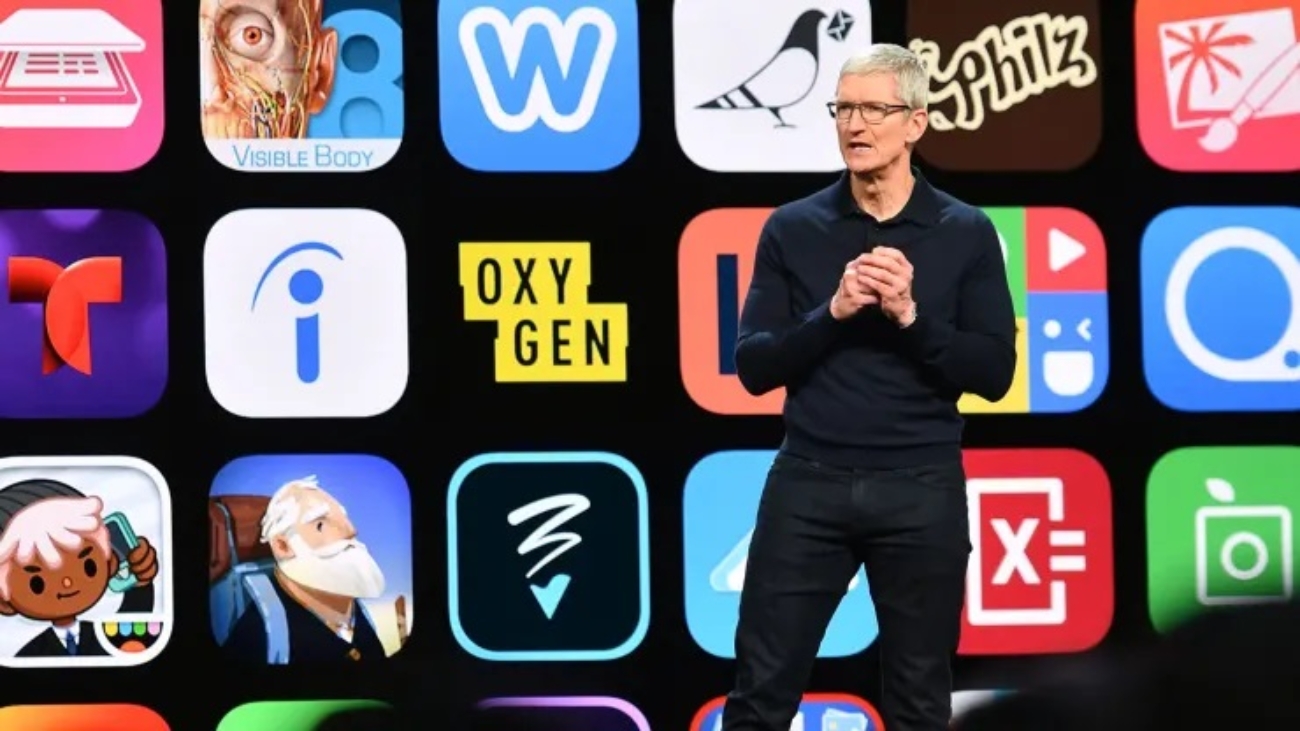My iPhone is the first thing I see in the morning, after its alarm wakes me up. It’s often the last thing I see at night, when I check a few emails or play a game before I drift off to sleep.
I’m not sure when my iPhone became essential to my life, but I’m not alone. In fact, it’s possible to look at the last 10 years as the iPhone decade — when smartphones went mainstream, created billion-dollar corporations, rearranged existing industries and changed the world.
In fact, you might be reading this on an iPhone right now.
The iPhone was first released in 2007, but at the dawn of the decade it was still a relatively niche product, confined to one wireless carrier and targeted at the early technology adopter. Now it’s a much bigger deal — in the first calendar quarter of 2010, Apple sold 8.7 million iPhones. In the first quarter of 2018, Apple sold 47 million iPhones.
Apple sold at least 1.4 billion iPhones during the decade, according to its official sales figures, and probably closer to 1.6 billion after this year’s estimates are added. Apple says over 900 million iPhones are in active use
Apple’s iPhone unit sales are dwarfed by Google’s Android operating system, which has shipped billions of devices as well. But as revealed in Apple’s knock-down legal battles with Samsung — perhaps the highest-profile tech litigation of the decade — Google and its Android partners took a fair amount of inspiration from Apple’s iPhone.
The iPhone has also propelled Apple. In the last 10 years, Apple has gone from a large computer company with a profitable side business in MP3 players to a $1 trillion megacorp with operations around the globe and 137,000 full-time employees.

 Cart is empty
Cart is empty 